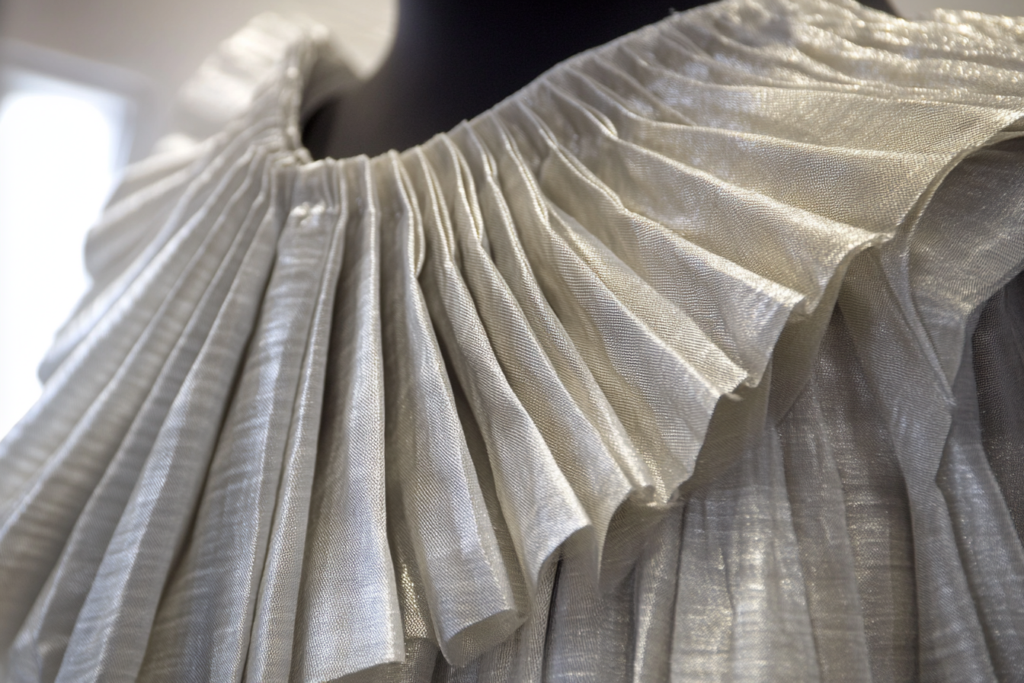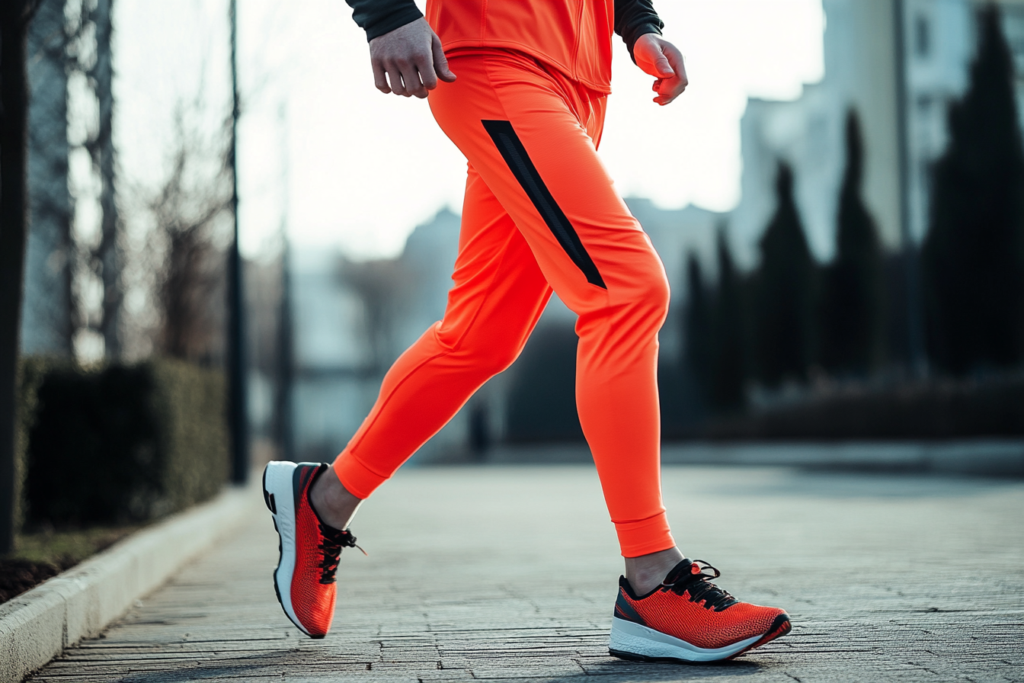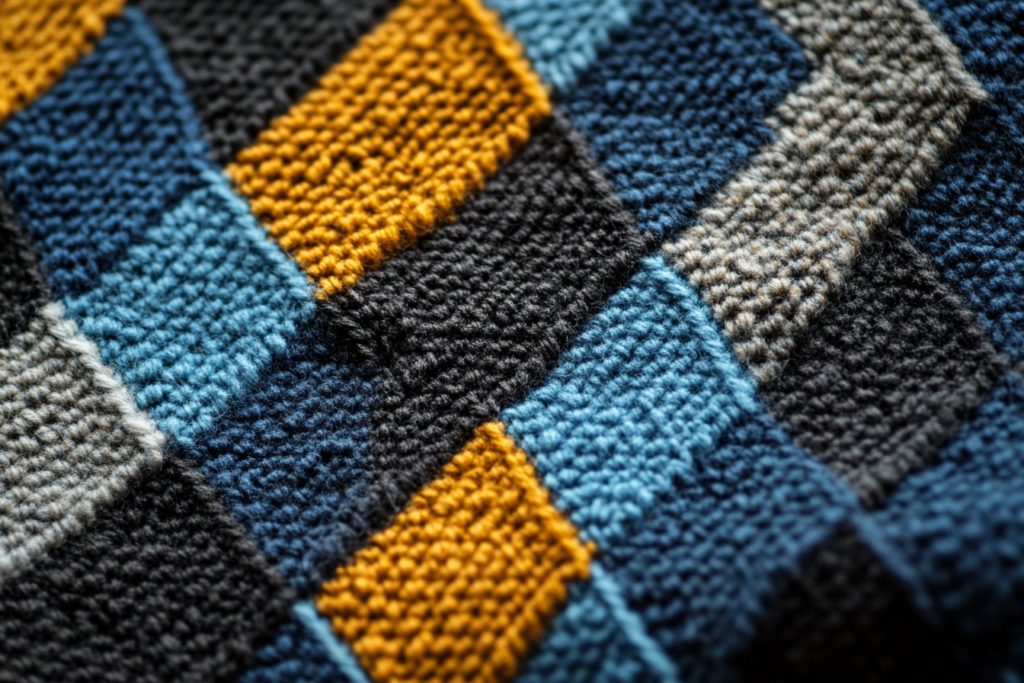Topstitching: Adding Style and Structure to Garments
Meta Description: Topstitching refers to visible sewing lines on the front of a garment, running parallel to the seam line. Learn how topstitching enhances both the aesthetics and functionality of clothing.
What is Topstitching?
Topstitching is the process of sewing visible stitching on the outside of a garment, typically running parallel to a seam line or along the edges of the fabric. Unlike regular sewing, which holds fabric layers together on the inside, topstitching is done on the exterior, creating decorative or functional lines that can enhance the overall design of the garment. This technique is commonly used in the construction of garments, as well as in embellishment, where the stitching serves both a functional and aesthetic purpose.
Topstitching is often used in jeans, jackets, shirts, and other clothing items, adding both detail and structure to the design. It can be done with contrasting or matching thread colors, depending on the desired effect.
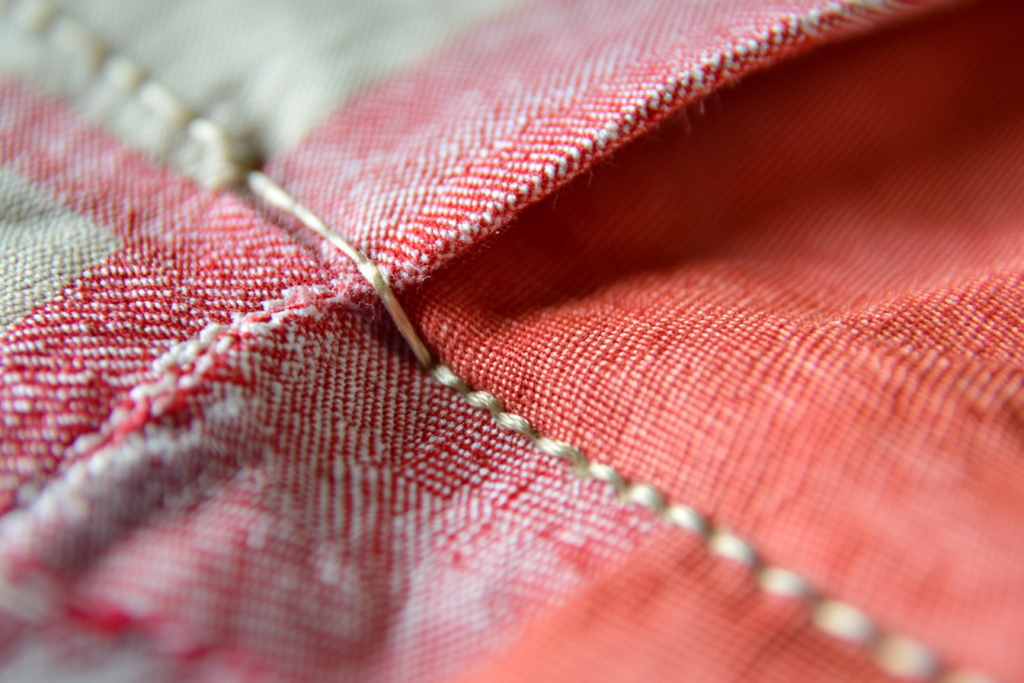
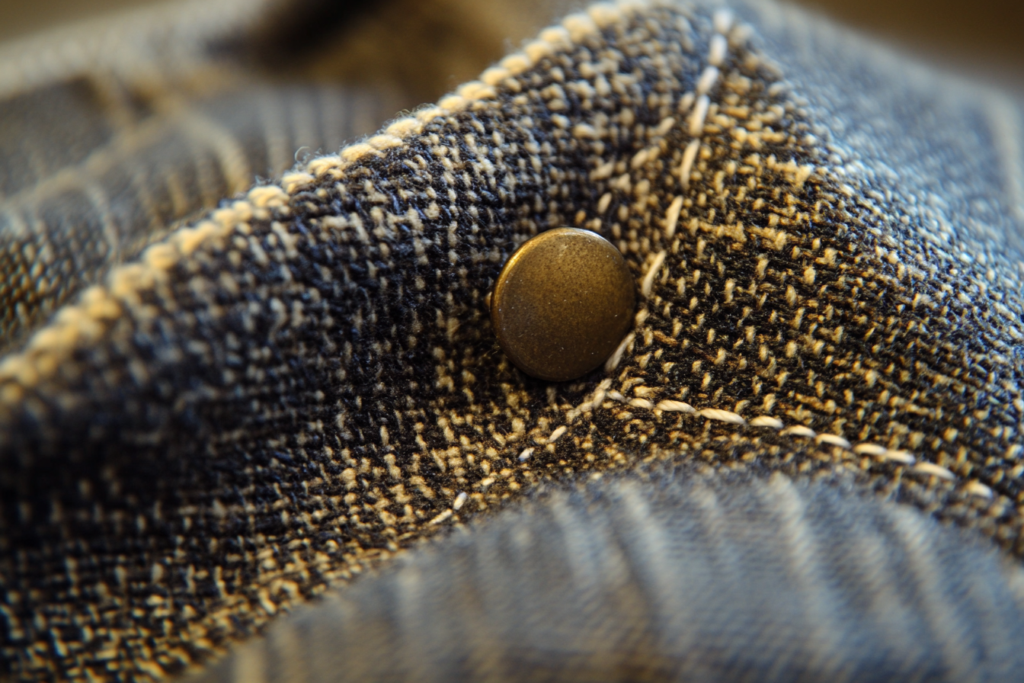
Why is Topstitching Important?
1. Aesthetic Enhancement
- Topstitching is often used as a design element, adding visual interest and dimension to the garment. Whether it’s contrasting thread or delicate lines, topstitching can elevate the overall look, making the garment feel more polished and professional.
2. Reinforcing Seams
- Apart from its decorative role, topstitching also reinforces the seams, especially in heavier fabrics like denim. This makes the garment more durable, especially in areas subject to stress, such as side seams, pockets, and cuffs.
3. Highlighting Details
- Topstitching can be used to highlight specific parts of the garment. For example, shirt collars, pocket edges, or button plackets can all be accentuated with topstitching to create a more defined and structured look.
4. Defining Structure
- Topstitching can be used to add structure to certain areas of the garment. For example, it can help shape the garment at the waistline or add definition to sleeves and necklines.
Types of Topstitching
📌 Decorative Topstitching
- Used for adding style to the garment, decorative topstitching is often done with contrasting thread colors. This type of topstitching is commonly found on jeans, jackets, and blouses, where it serves to complement the garment’s overall aesthetic.
📌 Functional Topstitching
- Functional topstitching serves to reinforce the seams and improve the garment’s durability. It’s commonly used in areas like the crotch seam of jeans, side seams of skirts, or the hemline of dresses. Functional topstitching adds strength without affecting the garment’s visual design too much.
📌 Edge Topstitching
- Edge topstitching is typically used to finish raw edges, especially in garments like skirts and dresses. It is sewn along the edge of a seam, preventing fraying while adding a polished look to the garment’s finish.
📌 Double Topstitching
- Double topstitching involves sewing two parallel lines of stitches, often used in jeans or pants for added strength and visual appeal. It’s also used for functional seams to create a more structured, classic look.
Applications of Topstitching
📌 Jeans and Denim
- Topstitching is a key feature in the design of jeans and denim clothing. The visible stitching on the pockets, belt loops, and side seams adds to the rugged aesthetic and provides reinforcement in areas that undergo heavy use.
📌 Shirts and Blouses
- On shirts and blouses, topstitching is often seen along the collar, placket, and cuffs. It provides a more tailored and polished look while ensuring that the seams are secure.
📌 Jackets and Coats
- Jackets and coats often incorporate topstitching along lapels, pockets, and buttonholes. This adds structure to the garment and enhances its overall design, while also reinforcing seams in areas that experience a lot of stress.
📌 Pants and Skirts
- Topstitching is commonly used on the waistbands, side seams, and pockets of pants and skirts to reinforce these areas while adding a touch of definition to the garment.
How to Create Topstitching
Step 1: Choose the Right Thread
- Select a thread color that either matches or contrasts with the fabric. For a subtle effect, use a matching color. For a bolder look, opt for a contrasting color to make the topstitching stand out.
Step 2: Adjust the Stitch Length
- Topstitching typically requires a longer stitch length than standard sewing. Set the sewing machine to a longer stitch to ensure that the stitches are visible and have a clean, neat appearance.
Step 3: Position the Fabric
- Align the fabric under the sewing machine, ensuring that the seam or edge where the topstitching will be placed is straight. Use pins or fabric clips to hold the fabric in place while you sew.
Step 4: Sew the Topstitching
- Begin sewing along the desired line, making sure the stitches are evenly spaced and parallel to the seam line. Keep the fabric taut but not stretched to maintain an even stitch length.
Step 5: Finish and Press
- After sewing the topstitching, press the seams with an iron to set the stitches and ensure a clean, polished finish.
Illustration of Topstitching in Garments
Here’s an illustration showing how topstitching is applied to a garment. The visible sewing lines run parallel to the seam lines, adding both style and functionality to the design.

Conclusion: The Power of Topstitching in Garment Design
Topstitching is an essential sewing technique that adds both functional and aesthetic value to garments. Whether used for reinforcing seams or adding a decorative touch, topstitching enhances the garment’s overall structure and appearance. It’s a simple yet impactful technique that can transform a basic piece of clothing into something more polished, defined, and professional.

